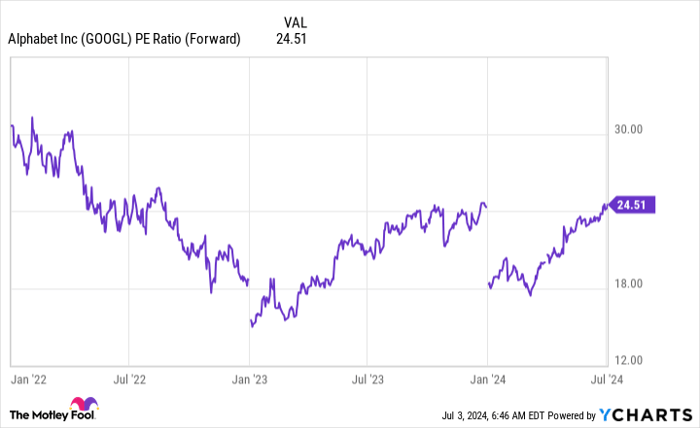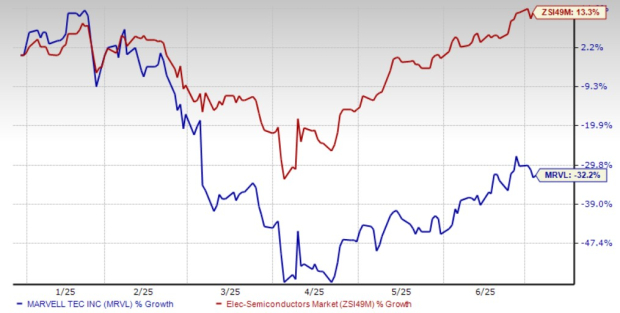Arabica and Robusta Coffee Prices Rise Amid Supply Worries
March arabica coffee (KCH25) gained +0.85 (+0.26%) today, while January ICE robusta coffee (RMF25) surged by +180 (+3.49%).
Coffee Prices Climb Due to Supply Issues
Today’s increase in coffee prices is driven by supply concerns. March arabica coffee has reached a contract high. Recently, the Vietnam General Statistics Office reported a significant decline in Vietnam’s coffee exports, which fell -49.1% year-over-year to 60,000 MT in November. From January to November, coffee exports decreased -14.3% year-over-year to 1.2 MMT. Heavy rains in Vietnam have caused floods in coffee fields and delayed the robusta coffee harvest. As the world’s largest robusta producer, Vietnam is just beginning its coffee harvest.
Weather Woes in Coffee-Producing Regions
Adverse weather conditions in Brazil and Vietnam—two of the largest coffee producers—have contributed to the rise in global coffee prices. Sucden Financial noted that the recent price surge has encouraged some of Brazil’s coffee exporters to unwind their hedges and buy coffee futures, further driving up prices. Additionally, the effects of dry El Niño weather experienced earlier this year may result in prolonged damage to coffee crops in South and Central America. Since April, Brazil has seen rainfall consistently below average, impacting coffee trees during their crucial flowering stage and jeopardizing the prospects for the 2025/26 arabica coffee crop. Cemaden, the natural disaster monitoring center, indicated that Brazil is dealing with its driest weather since 1981. Meanwhile, Colombia, the second-largest arabica producer, is working on recovering from an El Niño-related drought earlier this year.
Future Production Outlooks
Reduced rainfall in Brazil is likely to impede coffee output, which could keep prices elevated. Somar Meteorologia reported that the Minas Gerais region, Brazil’s top arabica coffee-producing area, received only 60.9 mm of rain last week, amounting to just 91% of the historical average.
Moreover, robusta coffee prices are also supported by reduced production. In the 2023/24 crop year, Vietnam’s coffee output fell by -20% to 1.472 MMT—marking the smallest crop in four years. On May 31, the USDA FAS projected a slight dip in Vietnam’s robusta production for the 2024/25 marketing year, estimating it at 27.9 million bags, down from 28 million bags for 2023/24. However, last Tuesday, the Vietnam Coffee and Cocoa Association raised its 2024/25 production estimate to 28 million bags from an earlier estimate of 27 million bags.
USDA Reports Influence on Market Dynamics
Supporting the current price levels, the USDA’s Foreign Agricultural Service projected Brazil’s coffee production for 2024/25 at 66.4 MMT, a drop from its previous forecast of 69.9 MMT. They also anticipate Brazil’s coffee inventories will decrease by -26% year-over-year to 1.2 million bags by the end of the 2024/25 season in June.
On the other hand, the International Coffee Organization (ICO) indicated a potential increase in global coffee supplies. Their report highlighted that October global coffee exports for the start of the 2024/25 season saw a +15.1% year-over-year rise to 11.13 million bags, and total global coffee exports for the 2023/24 period were up +11.7% year-over-year to 137.27 million bags.
Inventory Trends Affecting Coffee Prices
Current tight inventory levels are bolstering coffee prices. ICE-monitored arabica coffee inventories have recovered from a 24-year low of 224,066 bags in November 2023 to a 2-1/3 year high of 905,831 bags as of last Friday. However, ICE-monitored robusta coffee inventories reached a 7-1/2 month low of 3,674 lots last Friday after peaking at a 1-3/4 year high of 6,521 lots in July. This inventory level remains above the record low of 1,958 lots recorded in February 2024.
Bearish Signals from Brazilian Exports
Recent news from Brazil points to bearish trends. On November 18, Cecafe reported that Brazil’s green coffee exports in October increased by +11% year-over-year, totaling 4.57 million bags. Earlier, on July 11, Cecafe announced that Brazil’s 2023/24 coffee exports soared by +33% year-over-year to set a record at 47.3 million bags.
Global Coffee Market Surplus Anticipated
Unfortunately, a recent ICO projection pointed to a possible surplus in the global coffee market. For the 2023/24 season, ICO expects global coffee production to increase by +5.8% year-over-year to a record 178 million bags, while consumption is forecasted to rise by +2.2% year-over-year to 177 million bags, resulting in a surplus of 1 million bags.
The USDA’s bi-annual report, released on June 20, maintained a bearish outlook for coffee prices. The USDA FAS updated world coffee production estimates for 2024/25 to increase by +4.2% year-over-year to 176.235 million bags. This includes a +4.4% rise in arabica production, expected to reach 99.855 million bags, and a +3.9% increase in robusta production, estimated at 76.38 million bags. Ending stocks for 2024/25 are projected to increase by +7.7% to 25.78 million bags compared to 23.93 million bags in 2023/24.
As of the publication date,
Rich Asplund
did not hold any positions directly or indirectly in any securities mentioned in this article. The information and data provided in this article are for informational purposes only. For further details, please review the Barchart Disclosure Policy
here.
More news from Barchart
The views and opinions expressed herein are those of the author and do not necessarily reflect those of Nasdaq, Inc.






